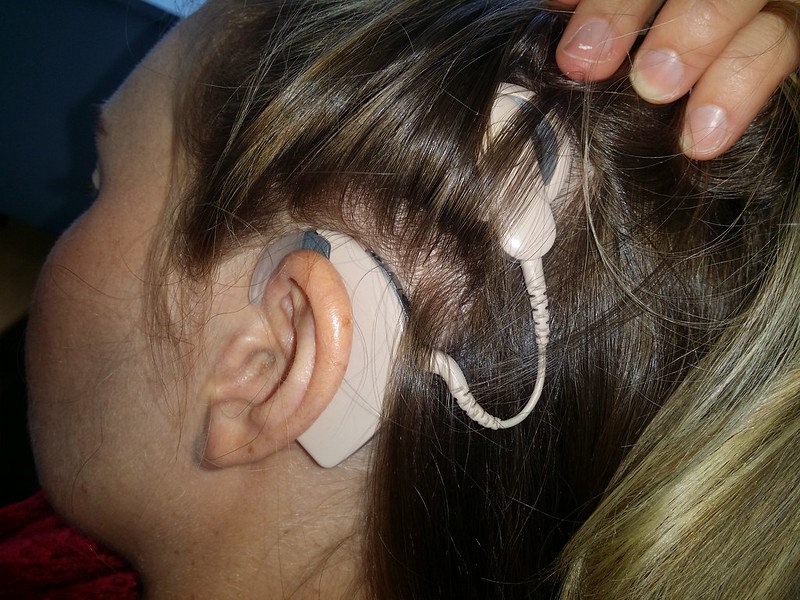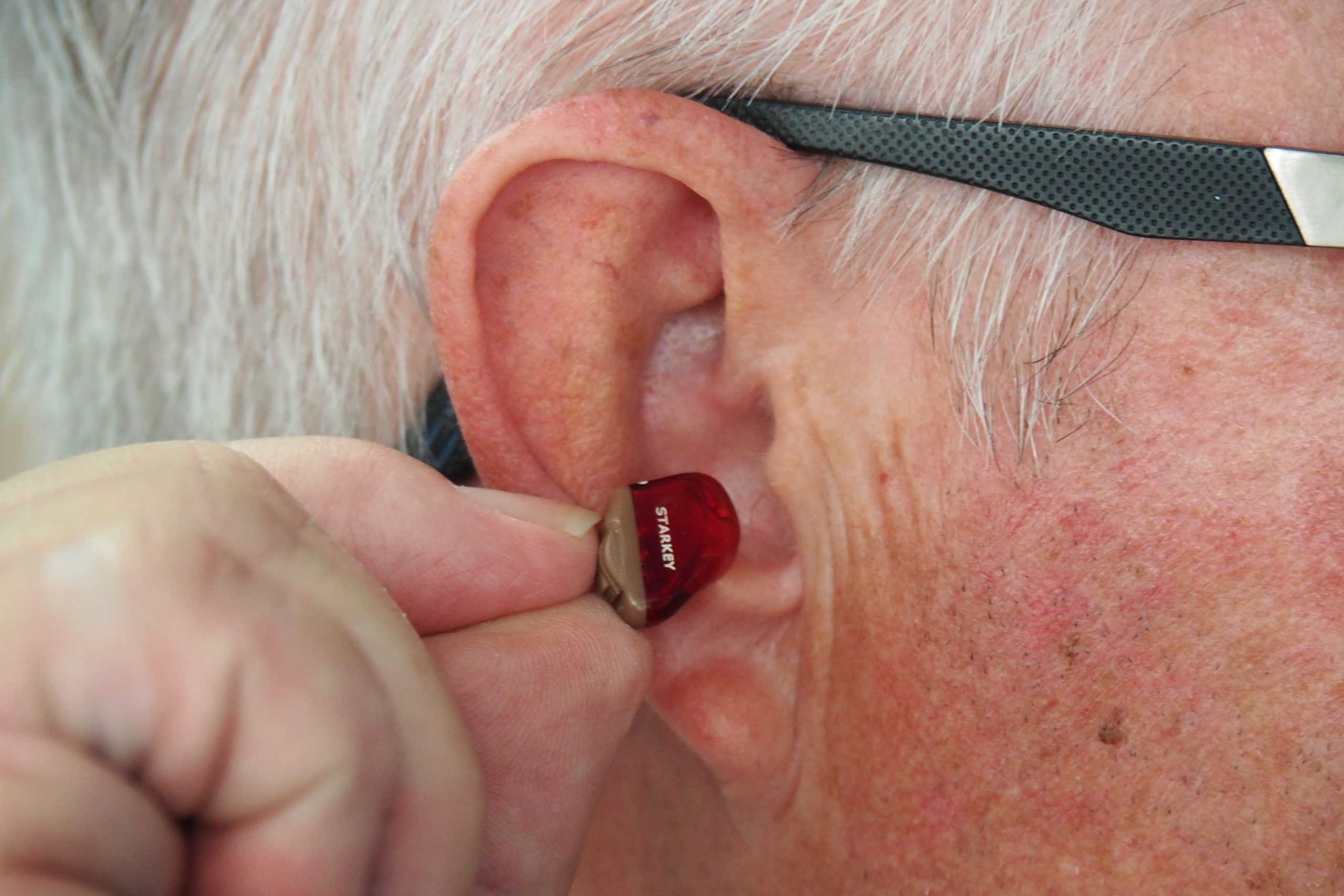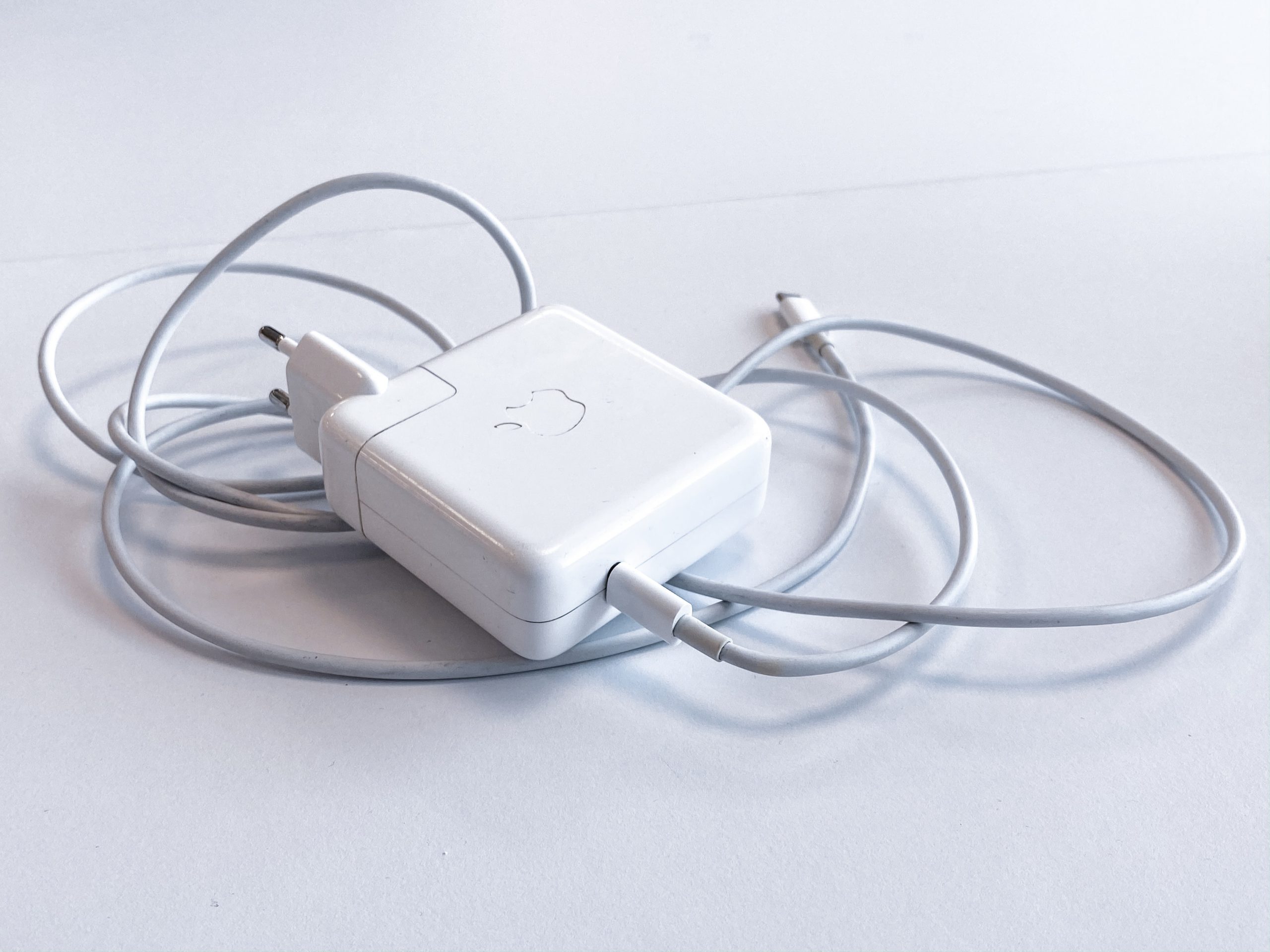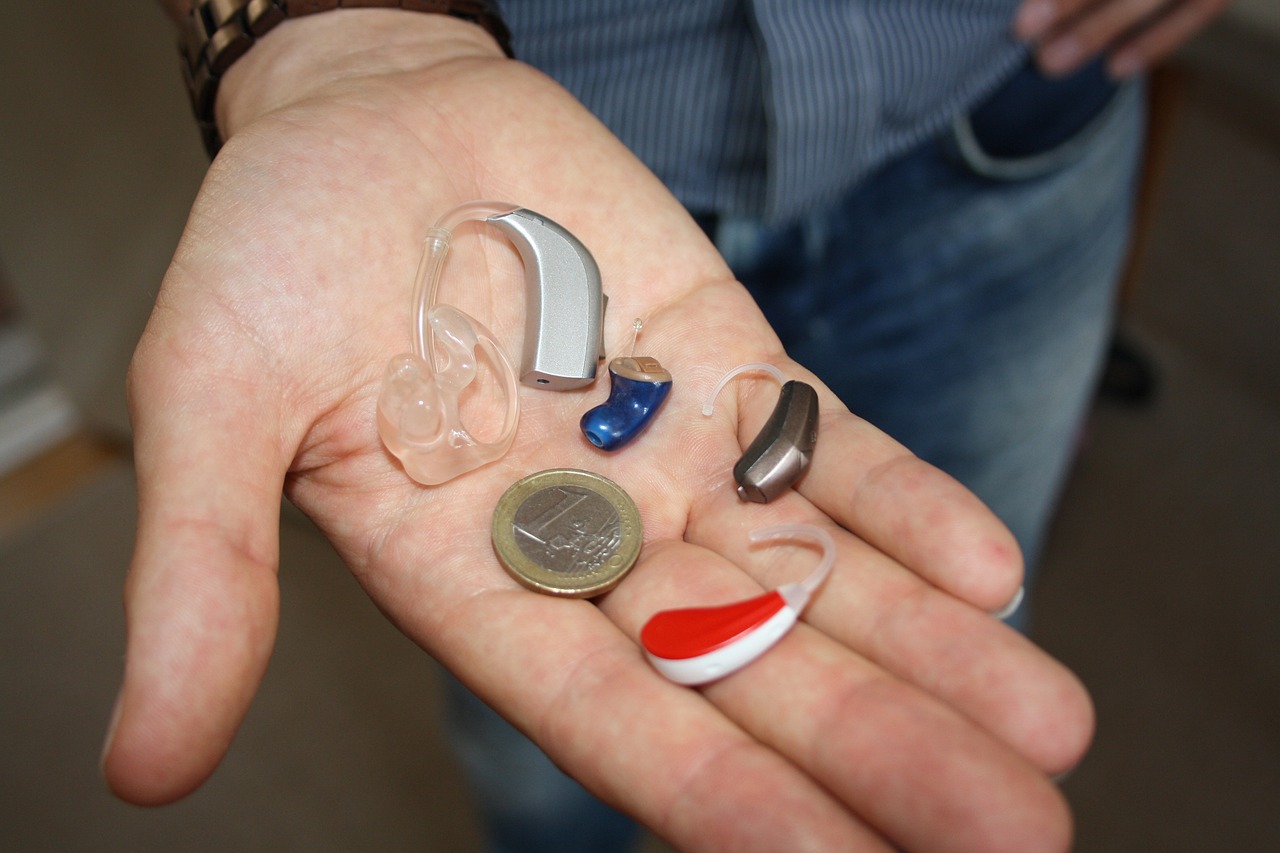
Approximately 324,000 people have been implanted with cochlear implants worldwide. More than 58,000 adults and over 38,000 children in the United States use cochlear implants to help them hear. But what do cochlear implants sound like?
Contents
How Normal Hearing Works
Sound exists in the world as vibrations that travel through air (and sometimes other mediums) as waves. How we perceive a sound depends on the length, height, and speed of that sound wave. The frequency of a sound consists of the length (wavelength) and speed of a sound wave; we interpret this as the pitch of a sound. The height, or amplitude of the wavelength, determines the volume of a sound.
Sound waves are captured by the outer ear and funneled into the ear canal where they cause the eardrum to vibrate. This vibration causes the three small bones in our middle ear, the malleus, incus, and stapes, to move against the cochlea. The cochlea is a fluid filled chamber filled with hair cells, and the movement of the fluid causes the hair cells to be stimulated and gently moved. As the hair cells move, they release electrical signals that are transmitted to the auditory nerve and to the brain, where they are processed as sound. This entire process is what we know as hearing.
Cochlear Implant Technology: How It Works
In people with severe hearing loss, the bones of the ear, the cochlea, or the hair cells may be non-functioning. In these cases, hearing aids will not work because they simply amplify sound. If the parts of the ear that receive and transmit sounds to the brain are not working, then no matter how amplified the sound is the brain will not receive the information . A cochlear implant, however, bypasses the outer and middle ear completely to send information directly to the auditory nerve. Here’s how it works:
- A microphone, worn on the back of the ear, captures sounds.
- A small computer processor worn behind the ear processes and arranges the sounds picked up by the microphone.
- The sound frequencies are sent to a transmitter that is attached to the outside of the head, behind the ear, with a magnet. These sound frequencies are converted into electric impulses.
- A surgically implanted receiver, just below the skin under the transmitter, receives the impulses transmitted from the transmitter.
- An electrode array that is implanted directly onto the cochlea collects the impulses from the receiver.
- The electrodes stimulate the nerve fibers and the auditory nerve, sending the signals to the brain for processing as sound.
Cochlear implants are very different from hearing aids. Hearing aids are essentially speakers that boost certain frequencies, frequencies in which a person with hearing loss has trouble hearing because specific hair cells are no longer functioning as well as they did. Cochlear implants do not restore hearing – they give a different representation of sound and therefore even require training and adjustment to get used to.
The other major difference is that hearing aids are removable appliances, whereas the receiver and electrode array of a cochlear implant are surgically implanted.
How Does Hearing Sound with a Cochlear Implant?
The way that hearing aids and cochlear implants sound is different. Hearing aids sound very similar to normal hearing because they take incoming sounds and simply amplify certain frequencies. The sound then takes the normal pathway to the eardrum, middle ear, cochlea, and hair cells. Because cochlear implants bypass the normal pathway, the sound information received by the brain is different and is processed differently than normal sound.
Only someone that has a cochlear implant knows exactly what it sounds like, and what it sounds like is different for each person. There are many simulations online of what cochlear implants sound like (try googling “cochlear implant simulation”), but many people who have normal hearing in one ear but use a cochlear implant in the other say that none of the simulations that they’ve heard come close to what they experience as sound with their implants. People that have just received their implants commonly describe what they’re hearing as cartoon-like, robotic or beeping voices, echoey, buzzy, ringing sounds, or sounding like the late Stephen Hawking.
Understanding Cochlear Implant Sounds Takes Training

When people are first fitted with cochlear implants, their brain has to adapt before being able to process the electrical impulses coming from the implant that it’s never experienced before into information that makes sense. This process takes time, practice, and rehabilitation with a hearing health professional. Most cochlear implant users report that the strange sounds they first heard when they received their implant go away as they use their device more and more and it is reprogrammed as they adapt.
Some people report experiencing an epiphany when their brain starts to process the new sound information more normally and they in turn begin to “hear” sounds like they normally did before their hearing loss. This process usually takes months to years, the outcome of which is determined by the amount of time and energy the person puts into learning to use the implant.
The sound quality and the ability of a cochlear implant user to hear and understand everyday sounds, understand speech, or enjoy music varies between recipients. However, most cochlear implant users can hear much better than they did before and have a better quality of life due to the implant.
The information in this guide has been written using the following reliable sources:
https://www.asha.org, https://www.umms.org, https://www.nidcd.nih.gov, https://www.enthearingcenter.com, https://blog.medel.com, https://www.sciencefriday.com, https://www.nidcd.nih.gov








